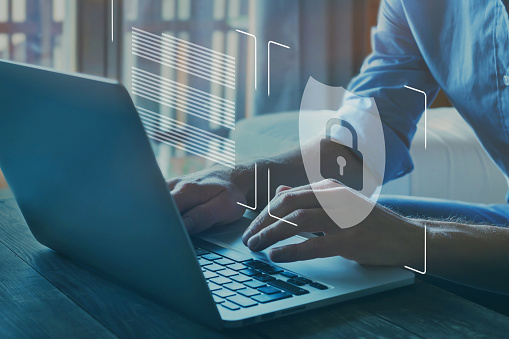The simple and secure availability of digital information is increasingly decisive for the competitiveness of companies. Therefore, big companies implement virtual data room solutions to arrange fast business workflow in an online format. So, how does it work?
How can big companies protect their data in modern reality?
The security of corporate data is a core question of many modern companies. Within the company firewall, essential information and documents are usually very well protected. However, confidential information must increasingly be exchanged with external parties or processed together. The challenge is maintaining control of important information and documents per the company’s compliance regulations without hindering the employees’ efficiency. It must therefore be ensured that employees do not switch to privately used file-sharing services that do not comply with the company’s security regulations because of a lack of tools. The goal is to increase employee productivity by allowing them to focus on their work and collaborating with partners and customers, knowing that content is safe and secure.
The virtual data room solution meets these requirements. The software ensures the protection of confidential documents and information, efficient collaboration across company boundaries and fulfillment of compliance requirements. The platform can also be adapted to existing processes, for example, to comply with the unique requirements for highly confidential projects or the management of portfolios in the real estate industry and to meet regulatory and legal requirements.
So, large companies are often involved in various business transactions where due diligence is a must-have. According to https://datarooms.org.uk/due-diligence/, data room software is the best way to organize this procedure securely and productively.
Security standards of the data room solutions
So, we have determined the best data room features valuable for organizing secure due diligence procedures. They are as follows:
- Integrated document management
There are document attributes for owner, description, status and version information. The configurable version management maps the life cycle of the documents and supports distributed collaboration between different users. Documents can be reserved for longer processing cycles using check-in/check-out.
- Security categories
Depending on the document’s confidentiality level, the security category defines the protection mechanism to be applied when downloading. Typical security levels are, for example, “internal” or “strictly confidential.” Definable authorizations are linked to the security categories, determining how the document recipient can access it. In this way, company-internal information protection guidelines can be implemented directly.
- Watermarks
Dynamically generated watermarks protect against unauthorized disclosure of documents by embedding the user’s email address in the document. The content and layout of the imprinted watermark are configurable.
- Audit-proof logging
All events at the application, data room and object level are recorded in an audit trail with a time stamp in an audit-proof manner. Events captured by default are configuration changes and actions such as accessing, editing or uploading documents and displaying individual pages in the Secure Document Viewer. The user is only shown the information released for him. Other actions, such as downloading documents, can be logged separately. Access authorization to the audit trail can be restricted. The application ensures that the audit trail cannot be changed later.
- Structured tasks & approval processes
Structured tasks are templates created by the data room manager for specific, recurring types of tasks, e.g. approval processes, to which there can be a positive and a negative answer. Structured tasks can also include multiple approval levels.
- Access data control
The data room implements the principles of differentiation and management of access to data. No one without the knowledge of administrators, managers and other responsible persons will be able to use the data from the software.


